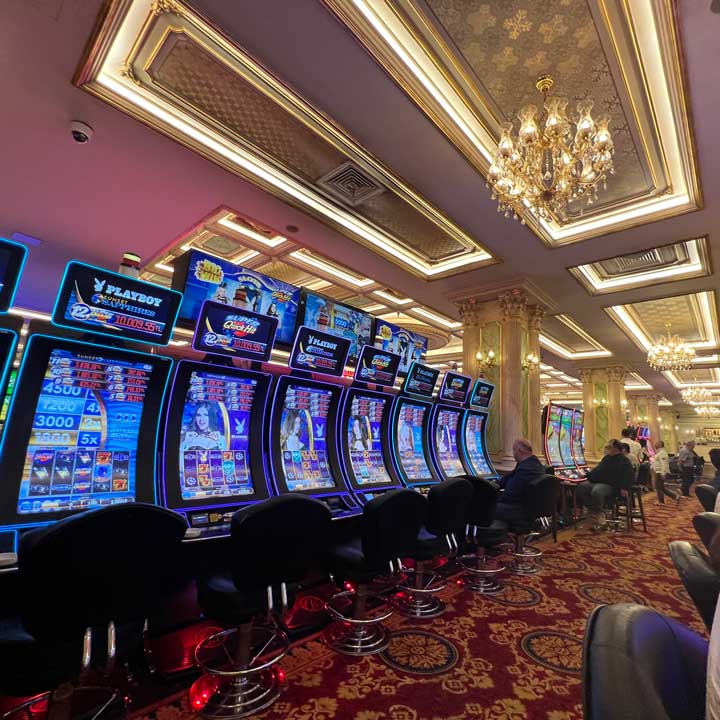
Behind these glittering illuminations and the alluring noises of spinning wheels lies a dynamic realm where creativity meets numbers: the creation of games of chance. While players converge to casinos seeking excitement and the chance of striking it rich big, a huge amount of effort takes place behind closed doors to create these games they enjoy. From the initial concept to the final product that players engage with, many elements come together to ensure a captivating play experience.
Creators, technicians, and game creators collaborate to merge cutting-edge technology with engaging gameplay mechanics. Every aspect, from graphics and audio elements to odds plus returns, is meticulously designed to attract players plus keep them engaged. Understanding the intricate process of how casino games are made reveals not only the technical expertise involved but also the artistic vision that brings these engaging experiences to life.
Game Design Workflow
The game process begins with brainstorming and conceptualization, where creators generate concepts for innovative casino games. This initial phase typically involves pinpointing target audiences and understanding market trends. Designers take into account factors such as game mechanics, themes, and payout structures to create an immersive experience. Collaboration between game designers, mathematicians, and artists is crucial to ensure a well-rounded concept.
Once a design is selected, the next stage entails creating prototypes and testing. Designers create a functional version of the game to evaluate its playability and mechanics. This facilitates adjustments and refinements based on feedback from testers. Iteration is vital, as designers may navigate multiple rounds of evaluations to optimize gameplay balance and user experience. This stage is essential for spotting any possible issues before the game goes into production.
After testing, the game moves into development and production. This includes the technical aspects of coding the game software, integrating graphics, and ensuring compliance with gaming regulations. Quality assurance testing ensures that the game functions seamlessly across different platforms and devices. Once everything is polished, the game is prepared for launch, often accompanied by marketing strategies to attract players and generate excitement around the latest casino game. non GamStop sports betting
Technology and Development
The evolution of gambling games has changed significantly with developments in tech. Contemporary game design often includes premium graphics, immersive sound effects, and engaging animations that create a captivating experience for players. Game developers use advanced software tools and coding languages to develop these immersive gaming experiences. Additionally, the use of RNGs ensures fairness and unpredictability in outcomes, which is important for ensuring player trust and compliance with gaming regulations.
In the past few years, the surge of online casinos has pushed the boundaries of game development even further. Developers are now able to design games that appeal to a global audience, incorporating features such as live dealer options and virtual reality environments. This transition has encouraged creativity, leading to unique game mechanics and formats that enhance player engagement. Gaming on mobile devices has also become a key focus, driving developers to optimize games for mobile phones and tablets, ensuring availability and ease of access for players on the go.
Collaboration among creators, visual artists, and mathematicians is essential in the development process. Each team brings their knowledge to make sure games are not only aesthetically pleasing but also mathematically sound and enjoyable. The integration of player feedback during testing phases allows developers to improve game features and functionalities, ultimately leading to a positive launch. As technology continues to advance, the potential for new game concepts and experiences is unbounded, promising an exciting future for casino games.
Evaluating and Quality Assurance
Once a casino game has been created, it enters the critical phase of testing and quality control. This phase ensures that the game operates flawlessly and provides a fair experience for players. Teams conduct extensive tests, including functionality checks to ensure that all game features work as planned. Each aspect, from visuals to audio, is reviewed to ensure high standards are met.
In addition to functionality testing, the game undergoes rigorous compliance checks to meet legal requirements. Multiple jurisdictions have specific regulations governing game fairness and player protection. Quality assurance teams will check that the random number generators are working correctly and that the game’s payout percentages align with industry standards. This meticulous examination helps establish trust with gamblers and authorities alike.
Finally, beta testing may be conducted with genuine players to collect feedback on user experience. This invaluable insight allows developers to make necessary adjustments before the official launch. Resolving any potential issues noted during this phase helps ensure that players will have a fluent, immersive experience when the game goes live. The commitment to quality reflects the sector’s dedication to delivering pleasant and trustworthy casino games.
